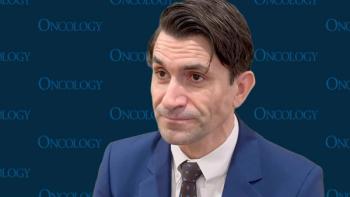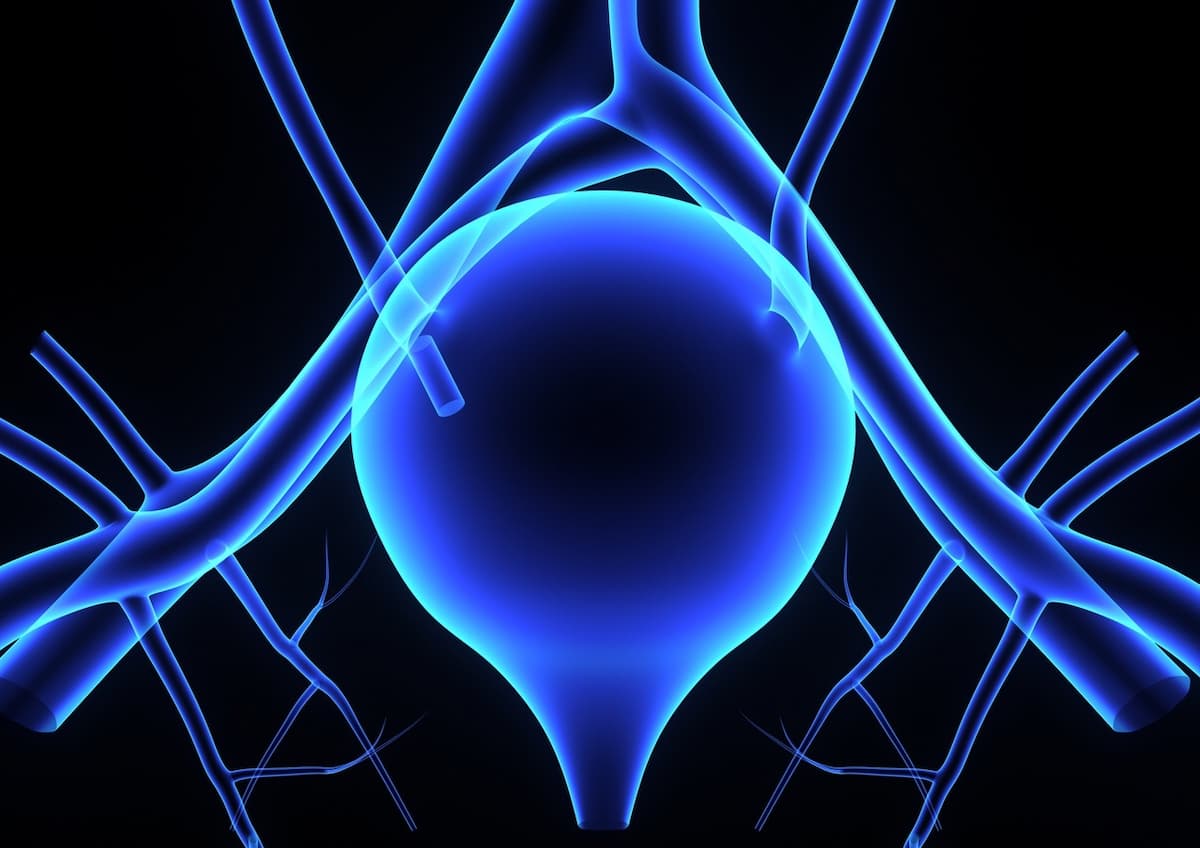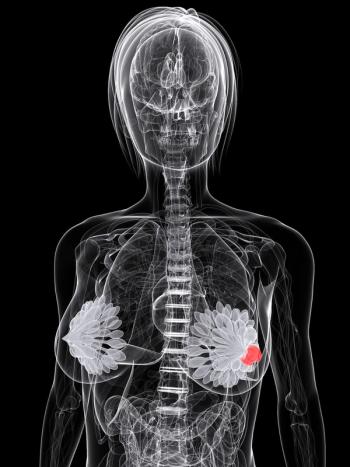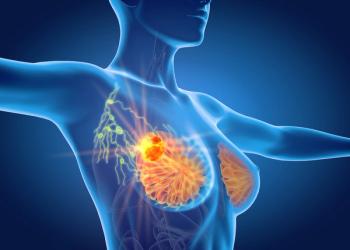
Enfortumab/Pembrolizumab Dosing Schedule ‘Groundbreaking’ in Urothelial Cancer

Nazy Zomorodian, NP, spoke with CancerNetwork® about the unique dosing schedule of enfortumab vedotin plus pembrolizumab following its accelerated approval by the FDA in advanced/metastatic urothelial cancer.
Using both enfortumab vedotin-ejfv (Padcev) plus pembrolizumab (Keytruda) in the clinical trial setting for patients with advanced or metastatic urothelial cancer who could receive cisplatin-based chemotherapy could be considered groundbreaking, according to Nazy Zomorodian, NP.1,2
In a conversation with CancerNetwork® prior to the
The regulatory decision was based on results from cohorts A and K of the phase 1b/2 EV-103 or KEYNOTE-869 trial (NCT03288545). Data from the study included an objective response rate of 68% (95% CI, 59%-76%) in patients who received the combination (n = 121), as well as a 12% complete response rate. For patients in cohort A—single arm cohorts treating patients with enfortumab vedotin and pembrolizumab —the median duration of response was 22 months (range, 1+ to 46+), however, it was not reached in cohort K—wherein patients received enfortumab vedotin alone or in combination with pembrolizumab.
Transcript:
We had enfortumab [monotherapy] for urothelial cancer, metastatic and nonmetastatic for awhile. Then we also had pembrolizumab by itself for the treatment of urothelial cancer. Both of these drugs, indeed, showed that it improved progression-free survival and overall survival in this population of patients.
It was groundbreaking to use both drugs in the clinical trial setting because of the way that these they are scheduled. The way that the administration is done for enfortumab is [that it’s given on] day 1, day 8, and day 15, then the patient gets a week off. The cycles are 28 days. Pembrolizumab, a form of immunotherapy, is [given] every 3 weeks.
References
- FDA grants accelerated approval to enfortumab vedotin-ejfv with pembrolizumab for locally advanced or metastatic urothelial carcinoma. News release. FDA. April 3, 2023. Accessed April 3, 2023. http://bit.ly/3nGtsjh
- Rosenberg JE, Milowsky M, Ramaurthy C, et al. Study EV-103 cohort K: antitumor activity of enfortumab vedotin (EV) monotherapy or in combination with pembrolizumab (P) in previously untreated cisplatin-ineligible patients (pts) with locally advanced or metastatic urothelial cancer (la/mUC). Ann Oncol. 2022;33(suppl 7):S808-S869. doi:10.1016/annonc/annonc1089
Newsletter
Stay up to date on recent advances in the multidisciplinary approach to cancer.
















































































